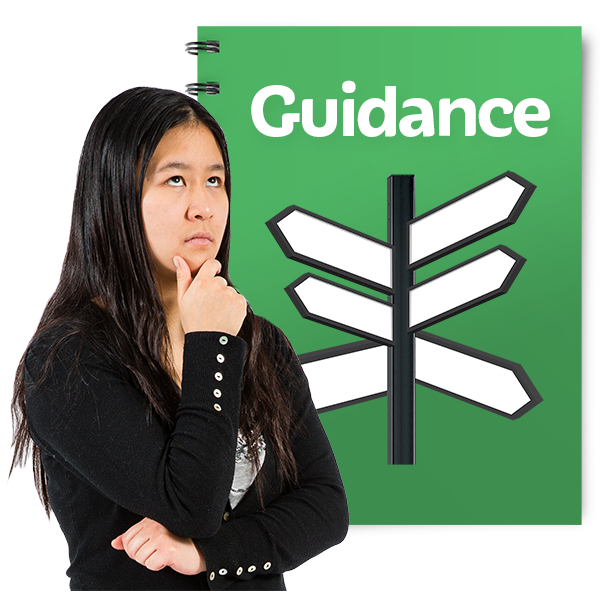How to apply for PIP - Easy Read
How to apply for Personal Independence Payment

What is Personal Independence Payment (PIP)?
Personal Independence Payment (PIP) is the name of a benefit that some people with a disability or health condition get.
The money is to pay for extra help to look after yourself and to get around.
This Easy Read tells you how to apply for PIP.

Step 1: Check that you can get PIP
To see if you could get PIP read our What is PIP? Easy Read page.
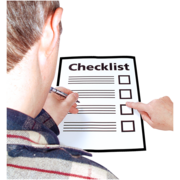
Step 2: Make sure you have everything you will need
Before you contact
the Department for Work and Pensions
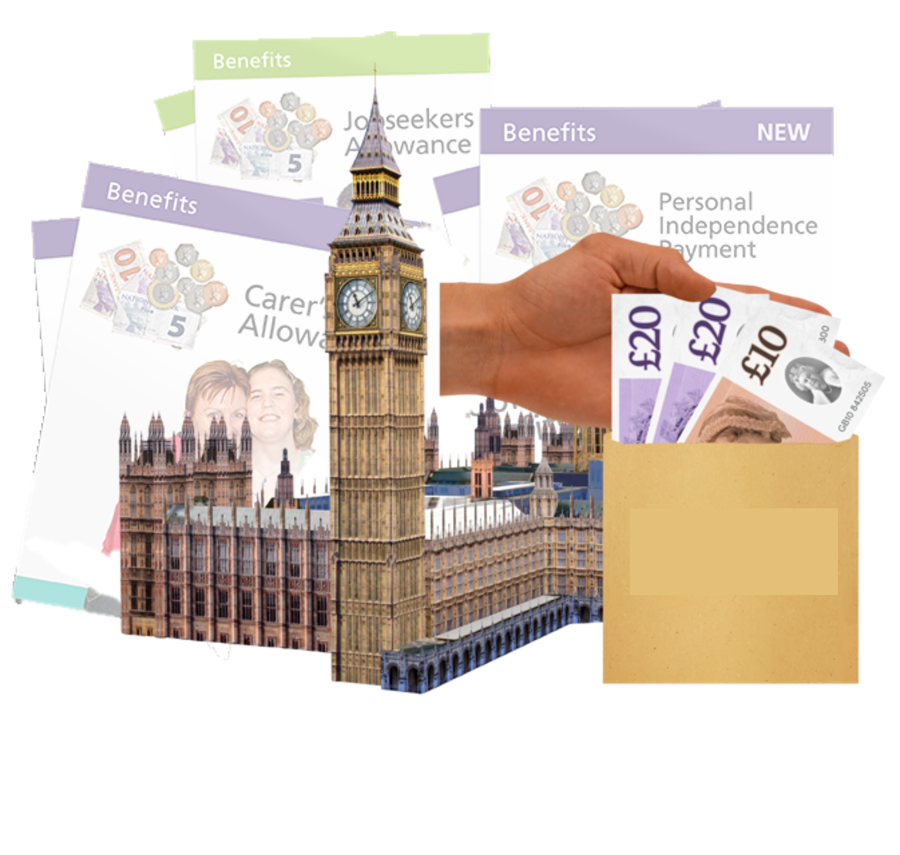 The Department for Work and Pensions is sometimes called the DWP. It is part of
the government
The Department for Work and Pensions is sometimes called the DWP. It is part of
the government
 The Government are the people who run the country. The Government decide how much tax people should pay and how things like the National Health Service (NHS) should work.
and manages payments and benefits like Universal Credit, Personal Independence Payment,
Employment
The Government are the people who run the country. The Government decide how much tax people should pay and how things like the National Health Service (NHS) should work.
and manages payments and benefits like Universal Credit, Personal Independence Payment,
Employment
 Employment means having a job.
and Support Allowance, and Income Support.
(DWP), you will need to have a few things ready to tell them.
Employment means having a job.
and Support Allowance, and Income Support.
(DWP), you will need to have a few things ready to tell them.
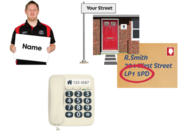
Things you will need to tell the Department for Work and Pensions (DWP):
- Your name, address and telephone number
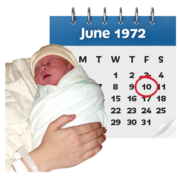
- Your date of birth

- Your
National Insurance
 National Insurance is a type of
tax
National Insurance is a type of
tax
 Tax is the money that pays for things like schools, hospitals and the police. There are different types of taxes like
income tax
Tax is the money that pays for things like schools, hospitals and the police. There are different types of taxes like
income tax
 Income tax is the money that is taken out of the money you earn every month. It helps to pay for things we all need like hospitals and schools.
,
VAT
Income tax is the money that is taken out of the money you earn every month. It helps to pay for things we all need like hospitals and schools.
,
VAT
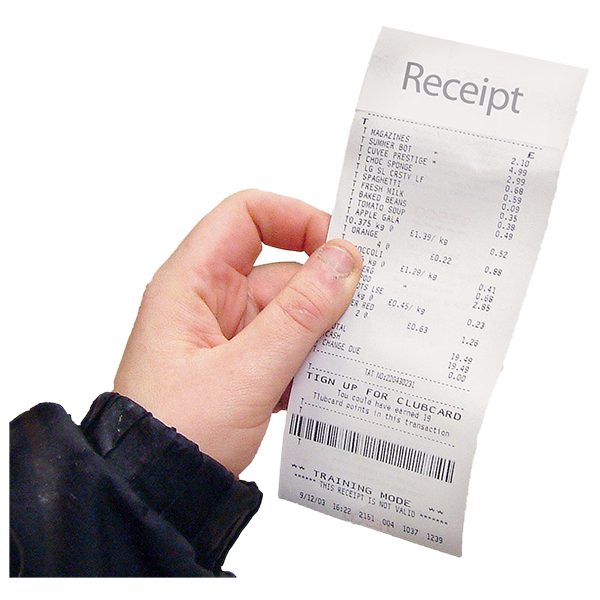 VAT is also called Value Added Tax. VAT is the extra money you pay when you buy things. The money goes to the government to pay for things like schools and hospitals.
and
council tax
VAT is also called Value Added Tax. VAT is the extra money you pay when you buy things. The money goes to the government to pay for things like schools and hospitals.
and
council tax
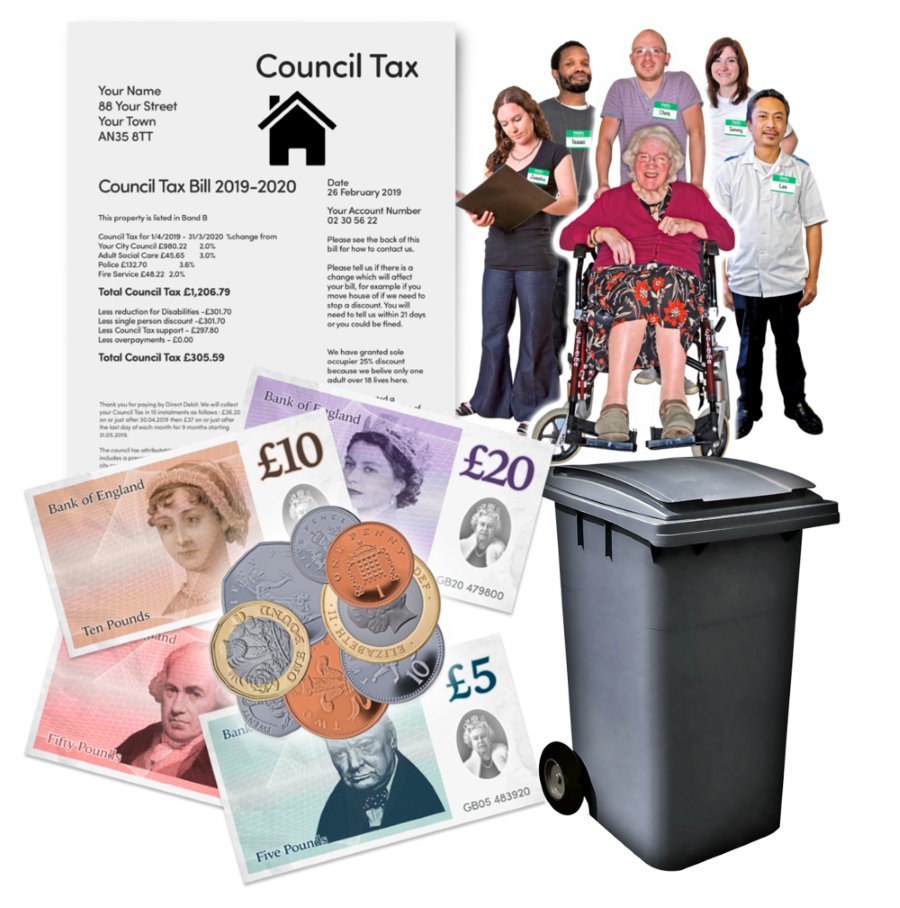 Council
Council
 A council is also called a
local authority
A council is also called a
local authority
 A local authority is also called a council. They are a group of people who make decisions about some of the things in the area where you live like schools,
social care
A local authority is also called a council. They are a group of people who make decisions about some of the things in the area where you live like schools,
social care
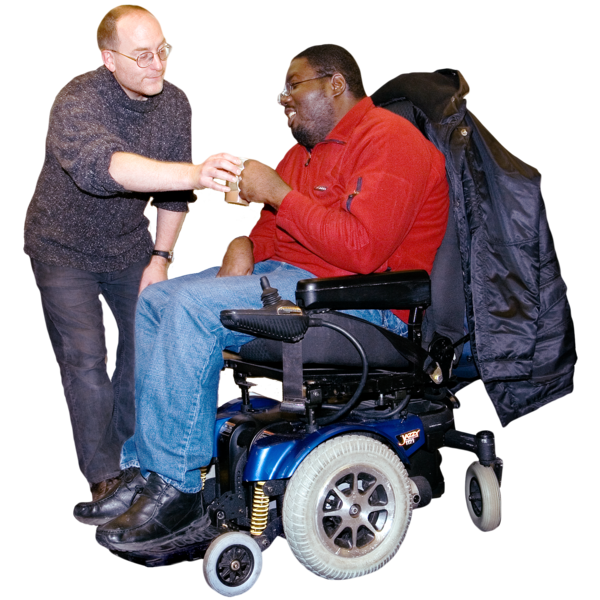 Social care means the services that give care and support to people who need it.
(support for people), parks and dustbin collection.
. They are a group of people who make decisions about some of the things in the area where you live. These include: schools, social care (support for people), parks and dustbin collection.
Tax is the money that people pay to the
council
Social care means the services that give care and support to people who need it.
(support for people), parks and dustbin collection.
. They are a group of people who make decisions about some of the things in the area where you live. These include: schools, social care (support for people), parks and dustbin collection.
Tax is the money that people pay to the
council
 A council is also called a
local authority
A council is also called a
local authority
 A local authority is also called a council. They are a group of people who make decisions about some of the things in the area where you live like schools,
social care
A local authority is also called a council. They are a group of people who make decisions about some of the things in the area where you live like schools,
social care
 Social care means the services that give care and support to people who need it.
(support for people), parks and dustbin collection.
. They are a group of people who make decisions about some of the things in the area where you live. These include: schools, social care (support for people), parks and dustbin collection.
. It helps to pay for things like social care (support for people), parks and dustbin collection.
.
. It is money that is taken out of the money you earn each month. You pay National Insurance so that you can get a pension when you are older.
number if you have one
Social care means the services that give care and support to people who need it.
(support for people), parks and dustbin collection.
. They are a group of people who make decisions about some of the things in the area where you live. These include: schools, social care (support for people), parks and dustbin collection.
. It helps to pay for things like social care (support for people), parks and dustbin collection.
.
. It is money that is taken out of the money you earn each month. You pay National Insurance so that you can get a pension when you are older.
number if you have one
You can find your National Insurance number on any letters you have had about your tax, pensions or benefits.

- Your bank or building society account number and sort code

- Your doctor or health worker's name, address and telephone number

- any dates when you were in a
care home
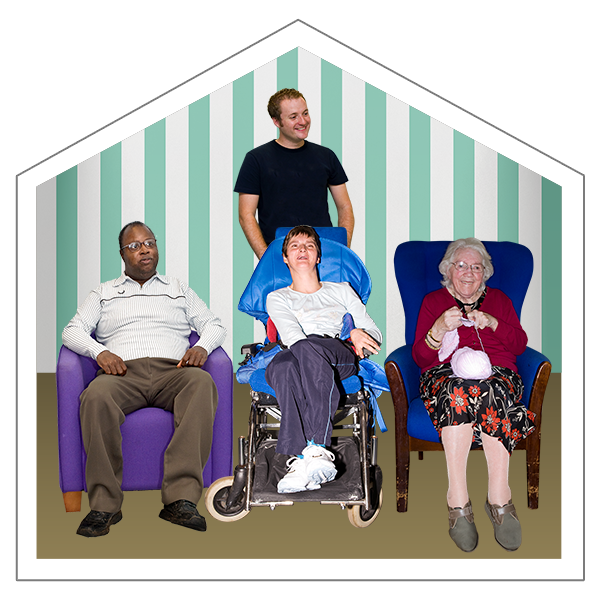 A care home is a place where people who need support live. There are staff there all the time.
or hospital, and their addresses
A care home is a place where people who need support live. There are staff there all the time.
or hospital, and their addresses

- any dates when you were not in the UK for more than 4 weeks at a time, and the name of the countries you visited.

What to do if you want help to speak to the Department for Work and Pensions (DWP)
If you are not sure about talking to the Department for Work and Pensions (DWP) yourself, you can:

- Ask the Department for Work and Pensions (DWP) to add someone you trust to the same phone call

- Ask someone you trust to make the call for you.
- If you want to do this you will need to sit next to them when they make the call.

Step 3: Contact the PIP team
To ask for PIP you need to contact the Department for Work and Pensions (DWP).
It is quicker to speak to them by phone.
Phone: 0800 917 2222

Other ways to contact the Department for Work and Pensions (DWP):
- By Textphone to: 0800 917 7777

- By Relay UK to: 08009 172 222 (open 8am - 5pm)
- Relay UK is a tool for people who cannot hear or speak on the phone.

- By letter to:
Personal Independence Payment New Claims,
Post Handling Site B.
Wolverhampton.
WV99 1AH.
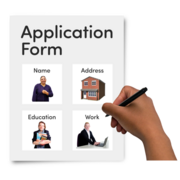
What happens after you have contacted the Department for Work and Pensions (DWP)?
After you have asked for PIP you will be sent a form.
The form is called a PIP2.
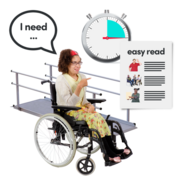
The form will ask you for more information about your disability or health conditions.

It will also ask you about the help and equipment you need.

Put as much information as you can on the form.
For example, if you need help to cook food, tell them what help you need and why.
Also tell them what would happen if you do not get any help.

You have 28 days from the date you called the Department for Work and Pensions (DWP) to send the form back to them.

You can ask for longer than 28 days to return your form if you have a good reason.
Reasons include:
- you are waiting for an advice appointment.

- you can not complete the form on your own.

- you are sick and not able to complete the form.
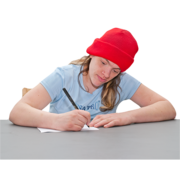
To ask for longer than 28 days you must write to the Department for Work and Pensions (DWP).

